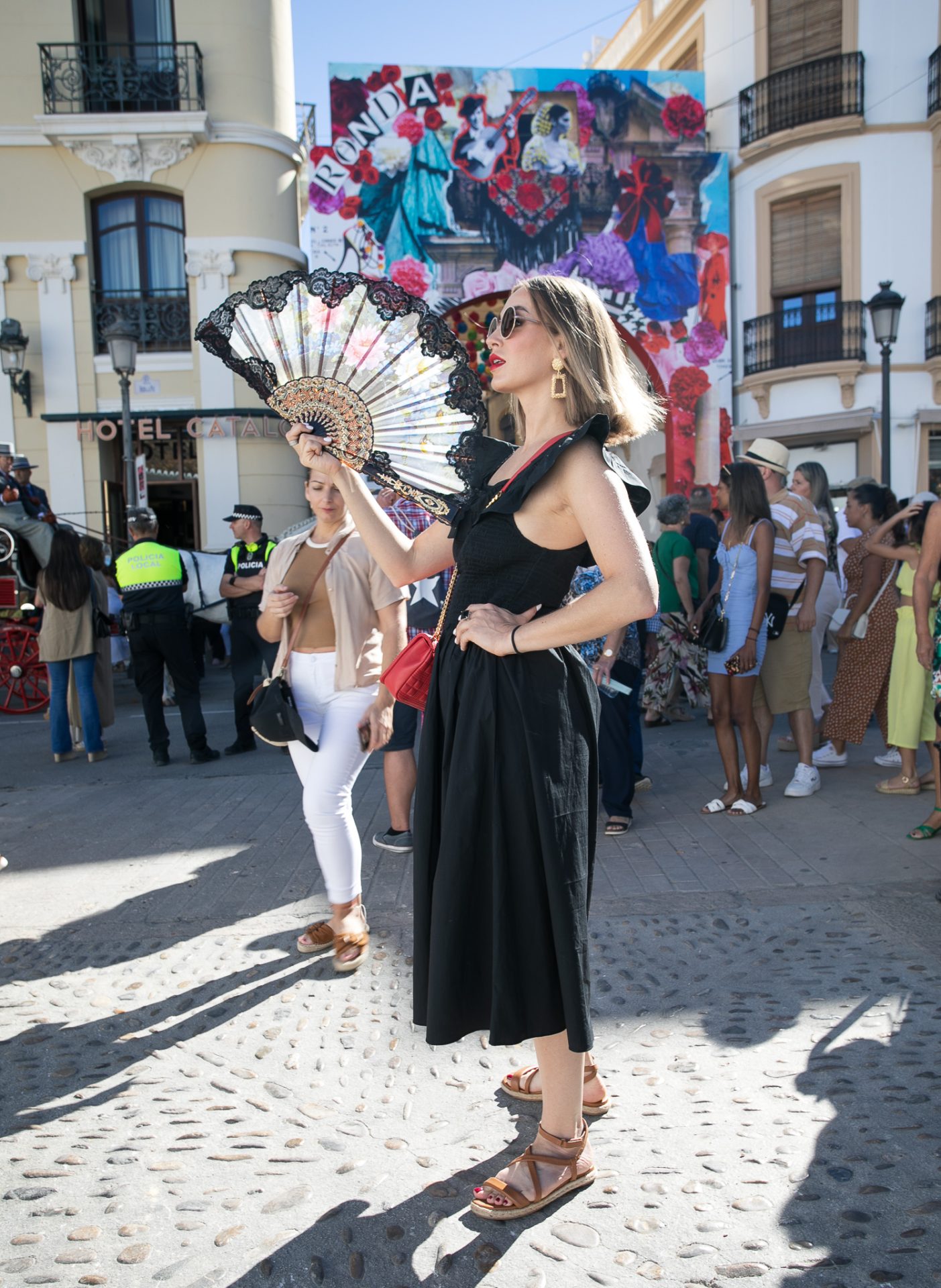
How to Visit Pedro Romero Festival in Ronda
Each year, the small town of Ronda in Spain comes alive with the Pedro Romero festival. The festival’s highlight is the bullfight, which takes place on the first Saturday of the month in the Real Maestranza bullring. Before the bullfight, a procession of horse-drawn carriages winds their way through the streets of Ronda, with everyone dressed in 18th-century Goyesque costumes. Even the matadors themselves wear this traditional attire. For one week out of the year, Ronda is transported back in time to a simpler era. Pedro Romero was a famous matador from Ronda, and this yearly festival is a tribute to his life and legacy.
Who was Pedro Romero
Pedro Romero was a torero, or bullfighter, in the 18th century. He’s said to have taken on almost 5,600 bulls in his career without any serious injury. Pedro’s grandfather, Francisco, is credited with creating many of the bullfighting traditions we know today – including facing a bull on foot and using a muleta (red cloth) to provoke the bull’s charges. Pedro Romero is remembered as a skilled and courageous bullfighter, and his legacy lives on in Ronda’s annual festival.
Pedro Romero is widely considered the father of modern bullfighting, and his 200th anniversary was celebrated with a Goyesque festival in 1954. The tradition of dressing in 18th-century costumes dates back to when local bullfighting hero Antonio Ordóñez arranged the first festival in honor of Pedro Romero.
Goya’s Pedro Romero
Goya’s famous portrait of Pedro Romero is currently on display at the Kimbell Art Foundation in Texas. You can find old black and white photos of Antonio Ordóñez for sale in some shops in Ronda, standing at the bullring with his great friend Ernest Hemingway. The Pedro Romero festival is a beautiful way to celebrate Spain’s rich history and culture.
How do people celebrate Pedro Romero festival?
Throughout Ronda historic center, paper lanterns hang from temporary ceilings, creating a huge marquee that spans the entire area. Bars and BBQs serve party-goers as they weave through the streets, socializing with friends and family. The Pedro Romero festival is a time to come together and celebrate with those closest to you. So whether you’re enjoying a cold beer in the square or dancing the night away, make sure you take the time to soak up the atmosphere of this amazing event.
Feriya Goyesca Bullfight
The Pedro Romero Bullfight is named in his honor and takes place on the final Saturday of Ronda’s festival. It is one of the most prestigious bullfights of the season, and the toreros wear costumes like those worn by 18th-century bullfighters in the paintings of Goya.
The bullfighters of Ronda is considered among the best in Andalusia. The cattle used in bullfights are brought from distant meadows, where they live free until it is time to fight. The breeders choose them for their strength and courage. The better the bull, the better the show. The bulls are brought to the ring in an orderly procession led by a man on horseback. The animal has paraded around so everyone can see it before entering the ring.
Picadors
Once in the ring, picadors on horseback weaken the animal's neck muscles with long spears, while banderilleros plant sharp barbed sticks in its back. The matador then tries to kill the bull with a single sword thrust between its shoulder blades. If he fails, he may be gored by the bull or thrown into the air by its horns. The skill of the matador lies in his ability to control the animal and make it move so that he can deliver a deadly thrust. Ronda's bullfighters are considered experts at this dangerous art. For them, bullfighting is more than just a sport; it is a way of life.Pedro Romero was the first great bullfighter of the modern era. He codified many rules and conventions that are still in place today. For example the use of capes and swords and the placement of the bulls in the ring.
Ronda Horse and Carriage show
Ronda hosts an annual horse and carriage show that is truly a sight to behold.
When does Ronda Horse and Carriage show take place?
The Ronda Horse and Carriage show is an annual event on a Sunday morning following the big Corrida. The event is organized by the Real Maestranza de Caballería de Ronda and the Real Club de Enganches de Andalucía. The purpose of the event is to pick the best horse and carriage. The prizes aren’t significant, but the honor of being awarded the Champion of Champions Trophy at this event far outweighs any other reward at the other provincial Ferías.
The Ronda Carriage show starts with single horse carriages and goes to six horse teams across three. The Ronda Carriage show falls into two and four-wheel classes and is usually in immaculate condition. The Ronda Carriage owners take great pride in the appearance of their carriages, the Ronda horses, Ronda harnesses, and of course themselves. This event is definitely one of a kind and something you should experience at least once in your life. If you have a chance to travel to Ronda, Spain, for the Pedro Romero festival, make sure to check out the Ronda Carriage show!
Costumes
The festival features a parade of gentlemen dressed in period costumes, riding in horse-drawn carriages.
On the day of the festival, the streets are filled with people dressed in traditional 18th-century clothing.
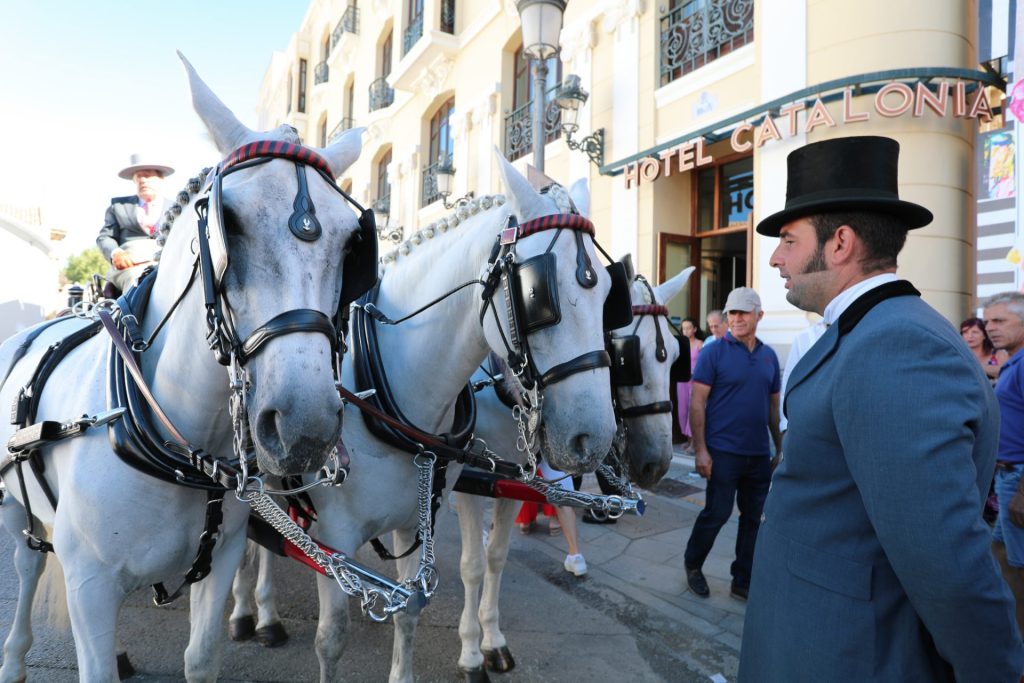
The festival features a parade of people in traditional 18th-century dress and some performances by the Ronda Dames Goyesca. The Dames Goyesca are a group of local women who dress up in the style of Goya’s paintings. This year, the Dames Goyesca will also be performing, taking seats in locally owned carriages.
The Ronda Horse and Carriage show is a feast for the senses, and a wonderful opportunity to see some of the most beautiful carriages and horses in the world.
Why you should visit Ronda Carriage show
The horses’ gold-looking iron attachments, the magnificent saddlery works, the leather handmade boots and trousers of the riders, and the little bells of the horses make an art curtain sounding like a symphony of the carriages and horse.
How to get to Ronda
Getting to Ronda from Málaga City
There are three ways of getting to Ronda from Costa del Sol. If you are coming from Málaga City, follow A-357 heading to Campillos. Past Ardales (about 6 km), take the first exit onto A-367, running past Cuevas del Becerra and leading to Ronda. From San Pedro de Alcántara, drive onto A-376 from AP-7/N-340 and continue straight ahead until you come to Ronda. This is the most common route for Costa del Sol Occidental drivers. The road is in good condition, featuring a few bends and views of beautiful landscapes.
Getting to Ronda from Manilva
Finally, if you are driving from Manilva, the best option is to take the A-397 towards Casares. From there, continue on the A-369 towards Jimena de la Frontera until you reach Ronda. All three routes offer stunning views of Andalusia’s countryside, so no matter which one you choose, you’re sure to enjoy a scenic drive.

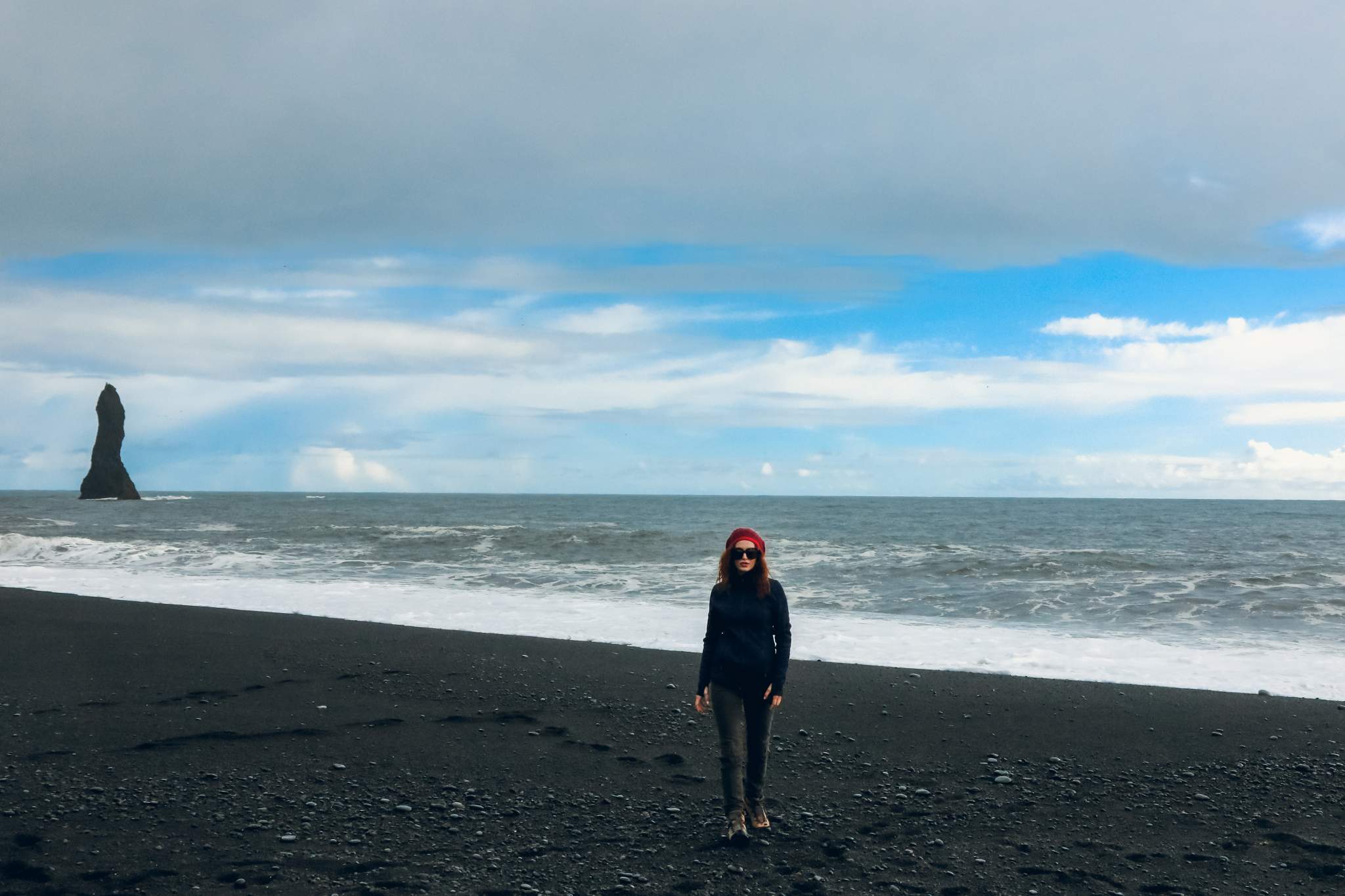
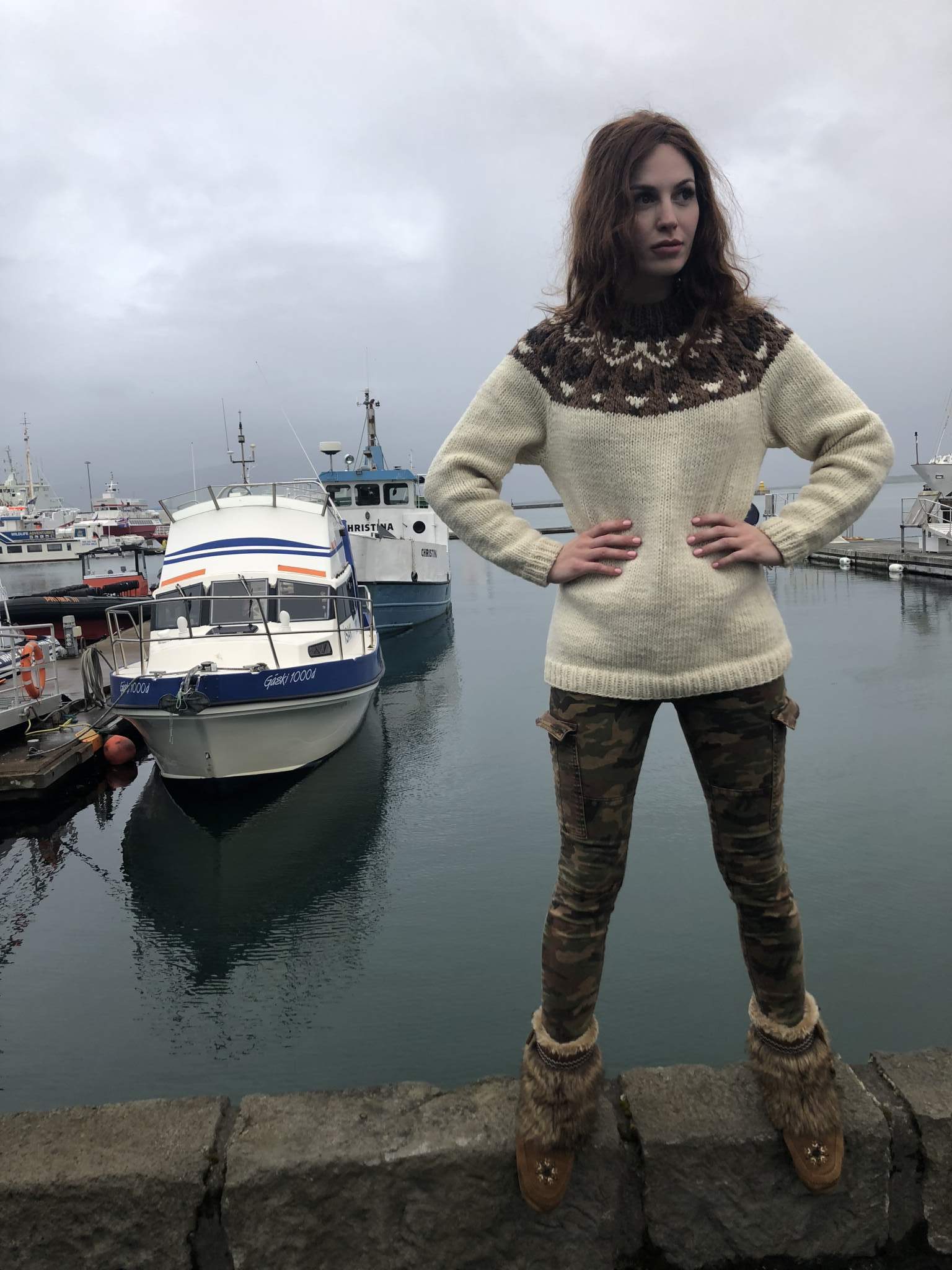
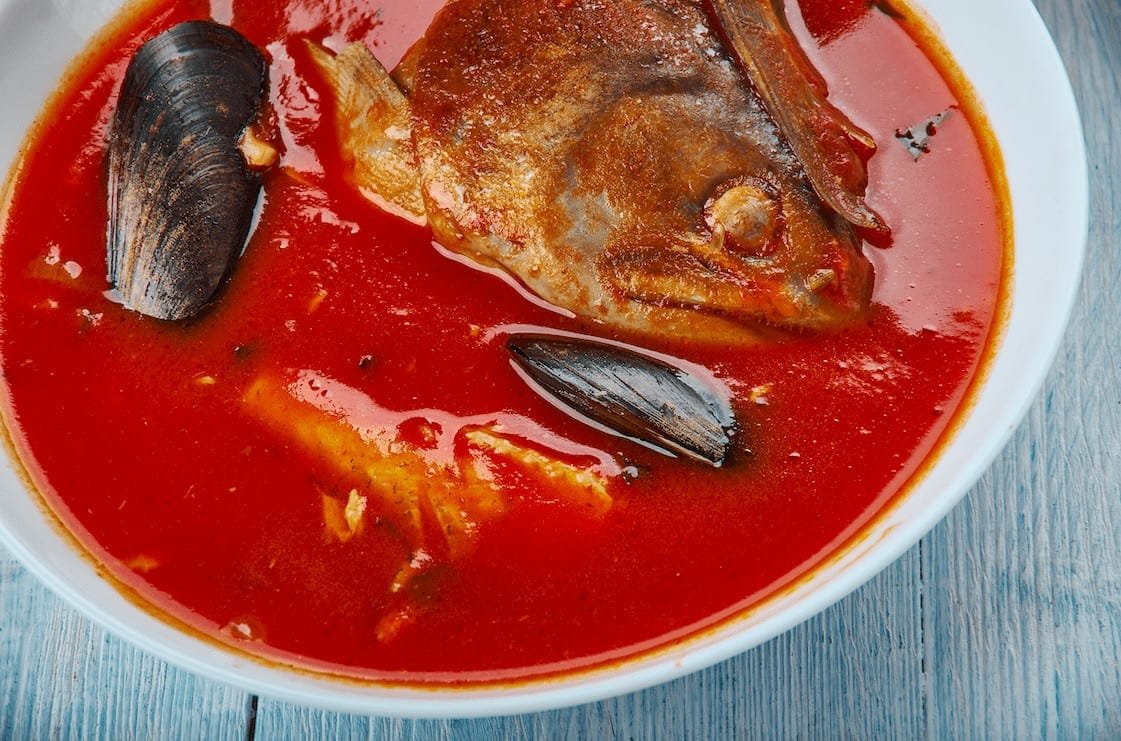
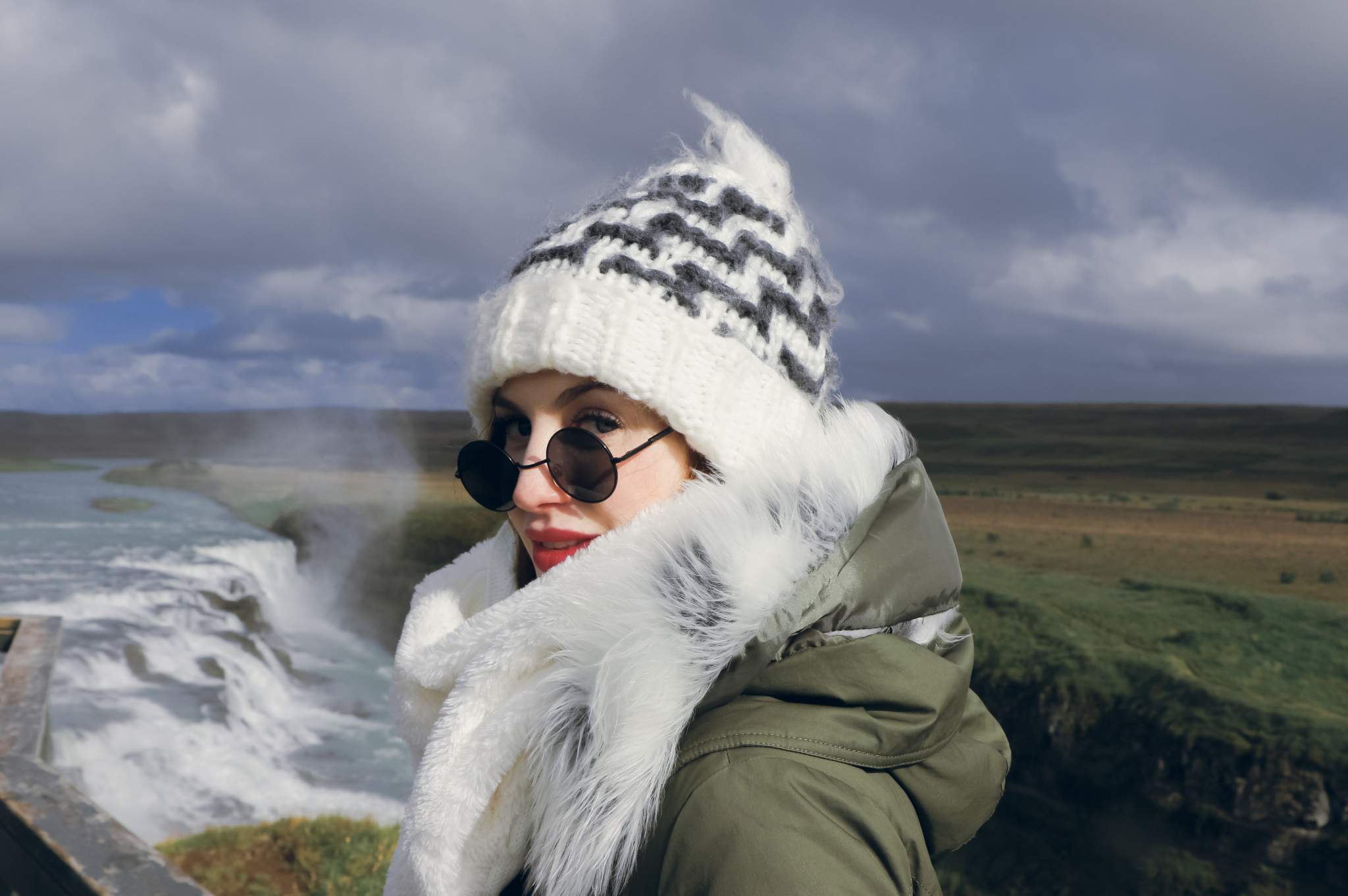
Leave a Reply